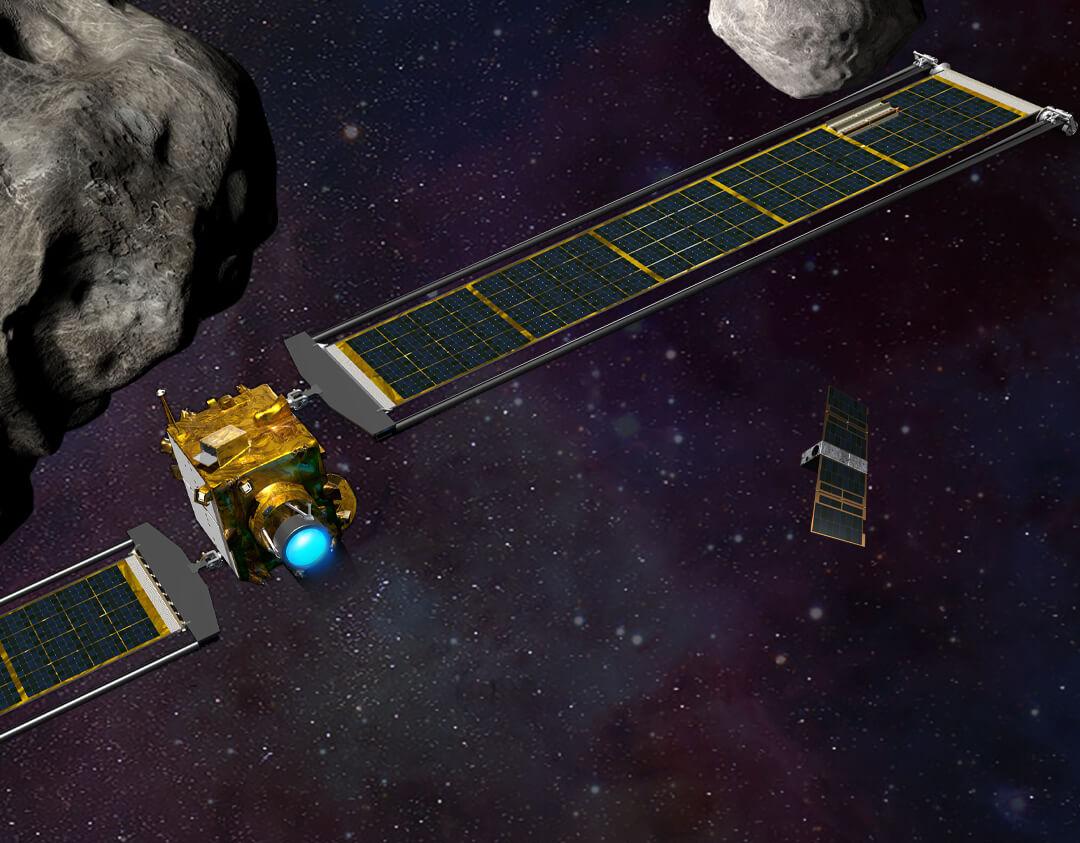-
 Dec 5, 2023
Dec 5, 2023Five Ways Johns Hopkins APL Is Advancing Lunar Science, Security and Technology
The scientific, economic and national security value of the Moon and its surrounding space has kicked off an era of intense international cooperation and competition. The Johns Hopkins Applied Physics Laboratory, leveraging its broad and distinguished base of experts, is making advancements that will keep the nation at the forefront in the development and exploration of the region. -
 Nov 29, 2023
Nov 29, 2023Johns Hopkins APL Space Scientist Tapped to Lead NASA's Heliophysics Division
APL space physicist Joseph Westlake has been named director of NASA's Heliophysics Division. A researcher who focuses on planetary magnetospheres as well as understanding the structure and processes that produce our local space environment, Westlake assumes his new leadership role within NASA's Science Mission Directorate in January. -
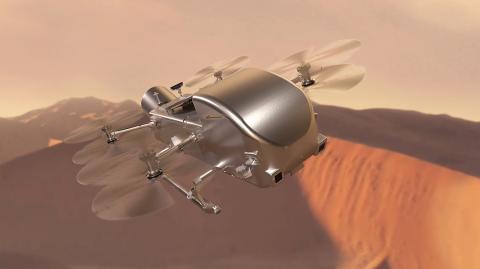 Nov 28, 2023
Nov 28, 2023NASA Authorizes Dragonfly Mission to Proceed With Estimated 2028 Launch Readiness Date
NASA's Dragonfly mission team is moving on to the next stage of development of the revolutionary, car-sized, nuclear-powered drone it plans to fly over and land on the organic-rich sands of Saturn's large moon Titan. -
 Nov 27, 2023
Nov 27, 2023How Johns Hopkins APL-Led Center for Geospace Storms Will Bolster Our Knowledge of Space Weather
The Center for Geospace Storms (CGS), launched in 2020 and headquartered at APL, is developing predictive models that can provide a stronger grasp of space weather events and their potential impacts before they happen. -
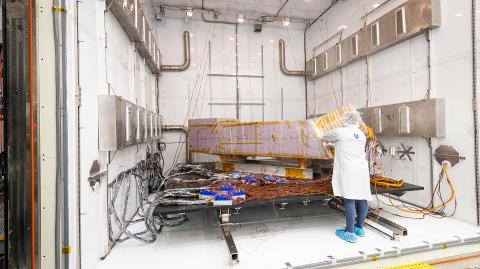 Nov 20, 2023
Nov 20, 2023A Taste of Titan - Dragonfly Team Debuts Johns Hopkins APL's Newest Environmental Test Chamber
The Titan Chamber -- APL's largest environmental simulator -- is open for business. The team developing NASA's Dragonfly mission recently took the chamber for an opening run with a full-scale thermal model of the rotorcraft lander it will send to Saturn's moon Titan later this decade. -
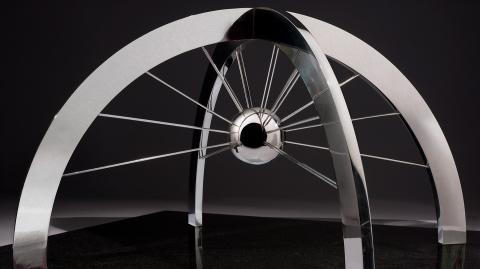 Nov 7, 2023
Nov 7, 2023DART Team Earns Smithsonian Michael Collins Trophy for Successful Planetary Defense Test Mission
NASA's Double Asteroid Redirection Test (DART) will be honored with the 2024 Michael Collins Trophy for Current Achievement. For its work developing and managing the first-ever planetary defense test mission, the team at Johns Hopkins APL and NASA's Planetary Defense Coordination Office (PDCO) is being lauded for outstanding achievements in the fields of aerospace science and technology. -
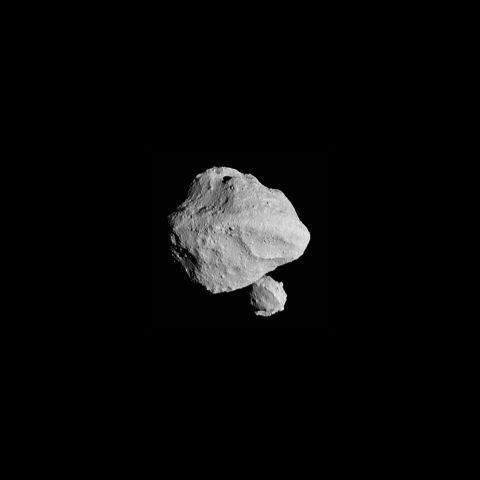 Nov 2, 2023
Nov 2, 2023Johns Hopkins APL’s Camera Reveals Surprise for NASA’s Lucy Mission in First Asteroid Encounter
NASA's Lucy mission team got a bit of a surprise when looking at images that the APL-built L’LORRI instrument onboard captured during the spacecraft's first encounter with an asteroid, called Dinkinesh. Instead of seeing just one asteroid, there were two. -
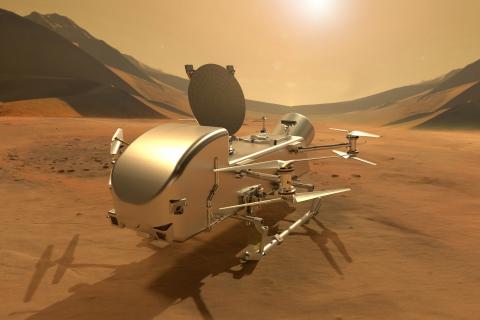 Oct 23, 2023
Oct 23, 2023Tunnel Visions
Well before NASA's Dragonfly rotorcraft lander soars through Titan's skies, APL researchers are making sure their designs and models for the nuclear-powered, car-sized drone will truly work in an alien environment. The team has been testing its flight systems in wind tunnel facilities at NASA's Langley Research Center. -
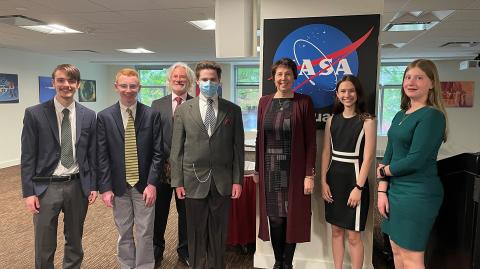 Oct 17, 2023
Oct 17, 2023Johns Hopkins APL Engineer Helps Teens Launch Their Futures With CubeSat Project
Dave Copeland is launching the next generation of engineers by teaching middle school and high school students how to design and build a small satellite. The students' small satellite was selected for a ride to space through NASA's CubeSat Launch Initiative. -
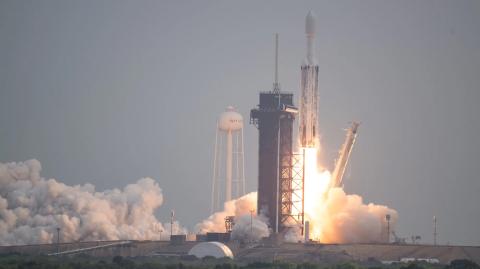 Oct 13, 2023
Oct 13, 2023Johns Hopkins APL Science Instrument Flying on Psyche to Uncover Asteroid’s Mysteries
NASA's Psyche spacecraft, the first mission sent to study a potentially metal-rich asteroid, launched on Oct. 13 carrying a gamma-ray and neutron spectrometer (GRNS) developed at APL.
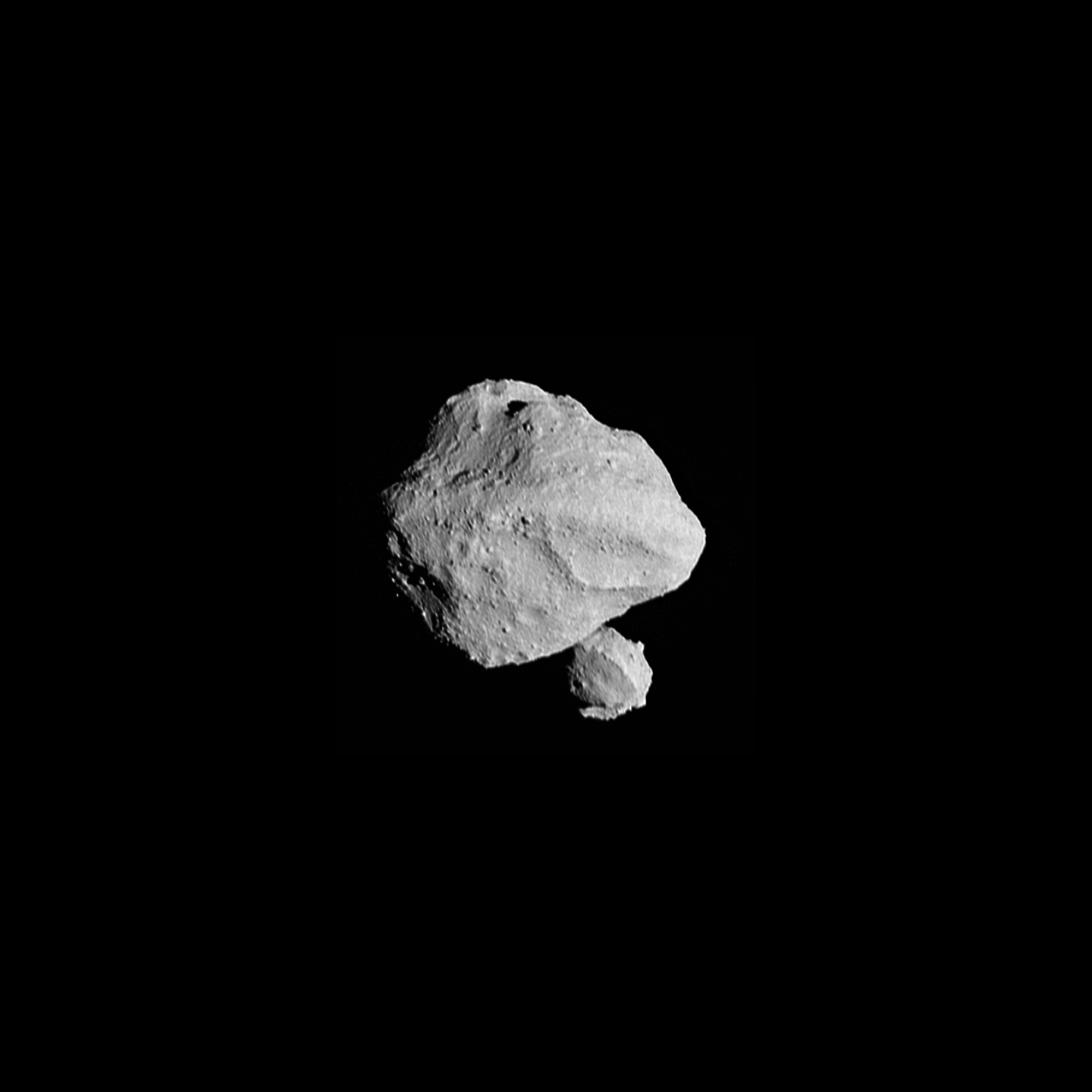
Featured Image


